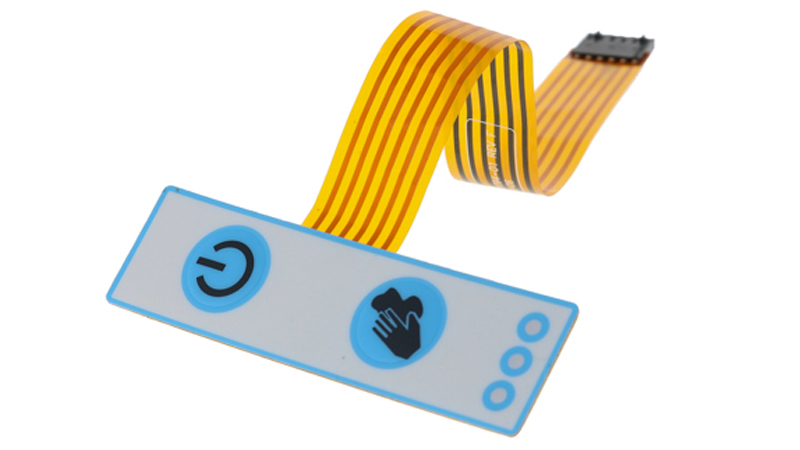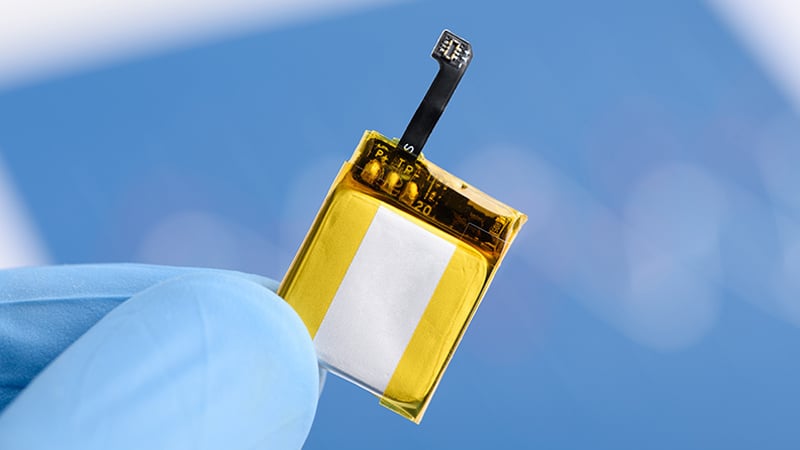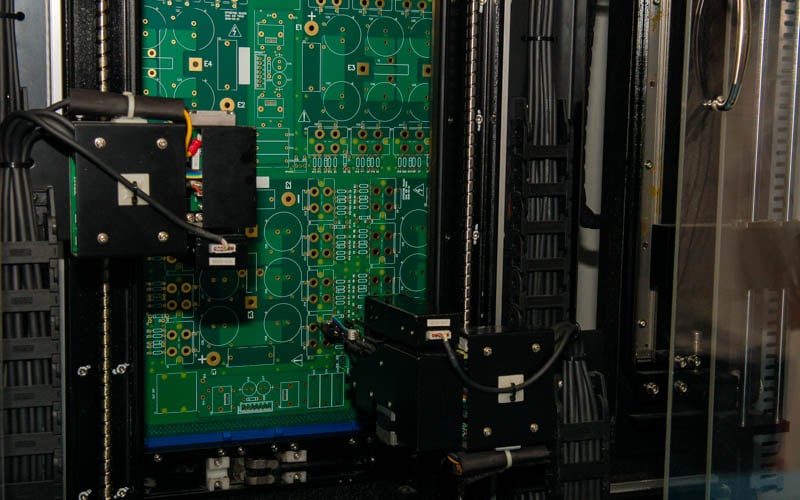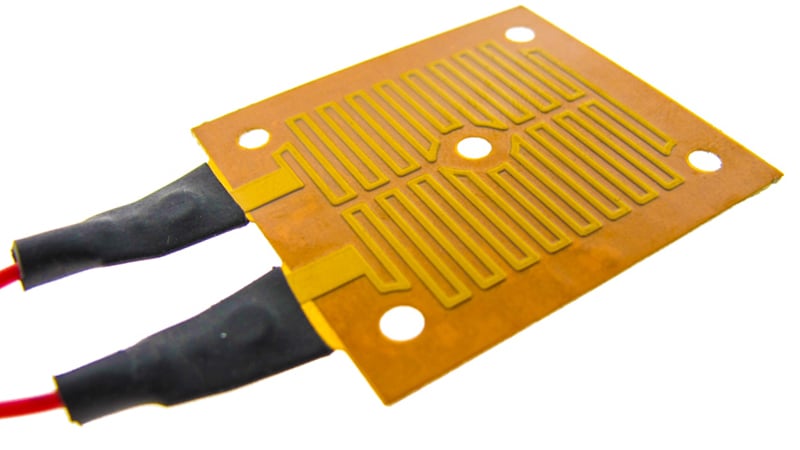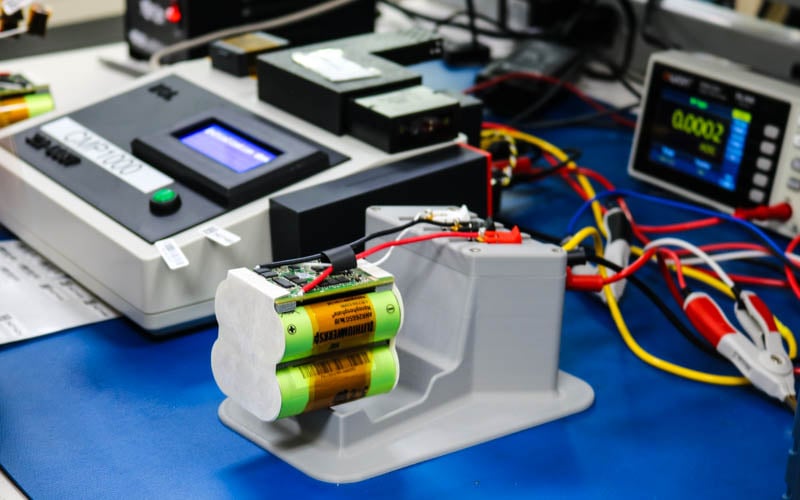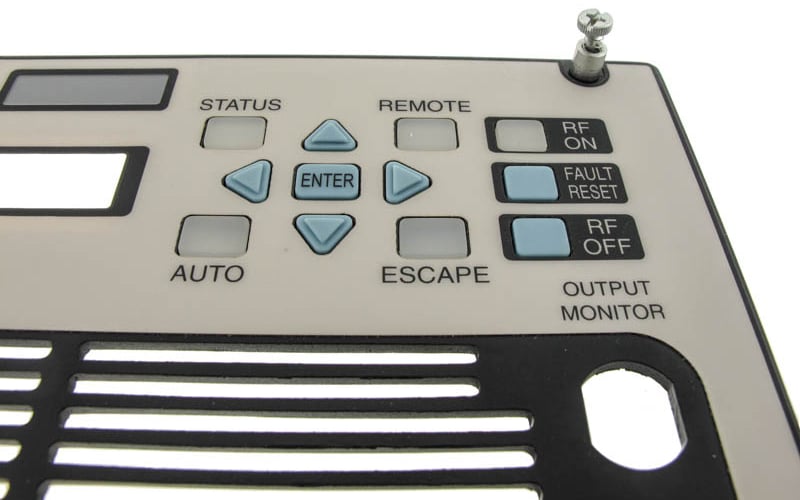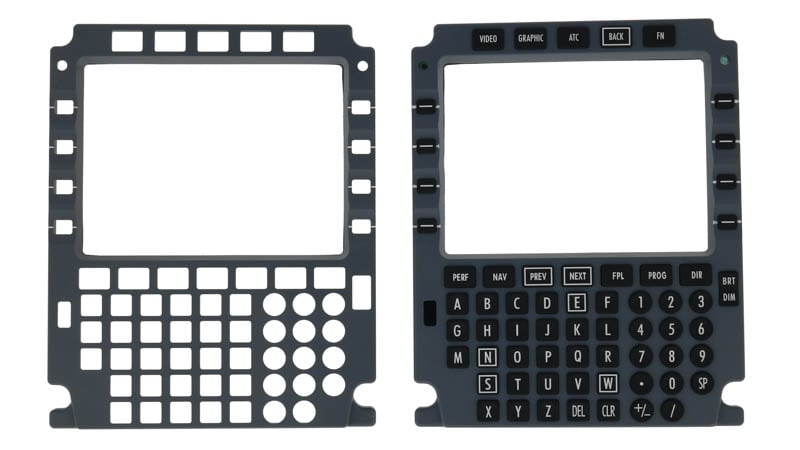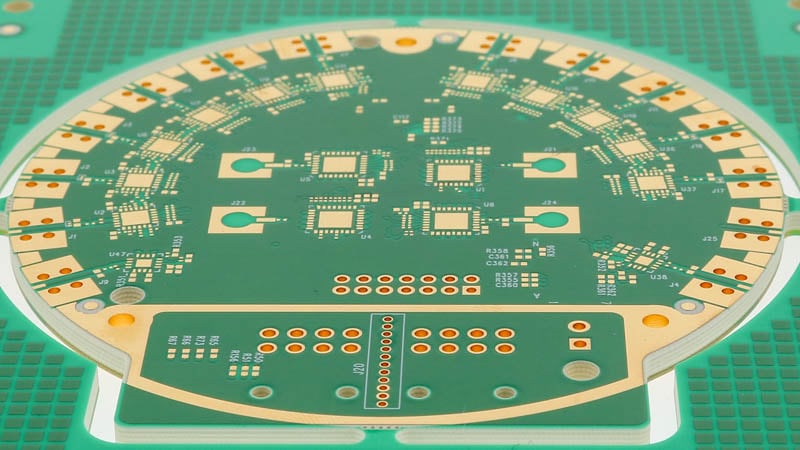In the evolving world of human-machine interfaces (HMIs) such as keypads and membrane switches, the demand for backlit components continues to grow across countless applications. These backlit products include industrial controls, medical devices, consumer electronics, and automotive systems.
Wearable devices such as smartwatches, wearable cameras, ECG monitors, and fitness trackers rely on custom batteries to provide power for operation. Designing wearable technologies creates significant challenges due to the size and flexibility of the devices. Wearable tech requires battery packs to be light enough for use while providing long-lasting energy.
In today’s increasingly connected world, high-speed digital signaling is no longer limited to specialized applications; it’s now a requirement across a broad spectrum of industries, including aerospace, medical, automotive, and advanced communications.
When I first started thinking about printed circuit board (PCB) testing, my immediate reaction was boredom. Let’s be honest, it doesn’t have the hands-on excitement of building the circuit board itself. You're not designing the PCB; you're just running it through a tester, sorting it into a pass or fail bin, and moving on. I’ve done the job myself, so I know how repetitive it can feel.
In power systems, managing excess electrical energy is essential for maintaining stability, protecting equipment, and ensuring efficient operation. While traditional dump loads often rely on bulky resistor banks, flexible heaters can serve as an effective solution to address this issue.
After successfully creating a new product, there is a short period of time where everything seems to be working perfectly, and there is a great feeling of pride and accomplishment. However, there is one issue that many electronic products run into after being created, and that is obsolescence.
High-capacity batteries provide greater levels of energy density at a smaller size. This design characteristic allows devices to obtain the power they need for long periods without giving up the necessary space to larger battery packs. Many high-capacity battery packs can allow for faster recharging cycles while providing increased performance.
At the conclusion of our webinar, How to Un-Obsolete Your Legacy Keypad Design, several questions were submitted to our presenter, Steven J. Goodman, User Interface & Cable Assembly Product Manager. We have compiled these questions into a readable format on our blog.
Designing a product that moves efficiently from concept to production requires more than just a good idea, it demands an in-depth understanding of how each component will be manufactured and assembled. At Epec, we work with engineers across various industries to optimize designs for manufacturability, whether it’s a custom cable assembly, rigid-flex PCB, battery pack, or fully integrated user interface.
The subject here isn’t all that glamorous, however, the requests about high-frequency printed circuit board (PCB) have increased significantly, which makes me think we have more that can be said on the subject of high-frequency applications


